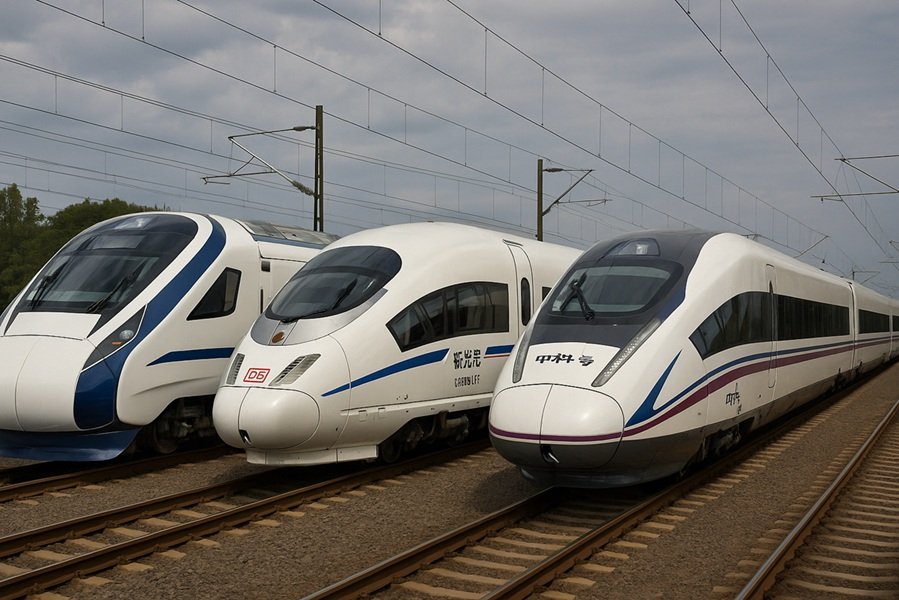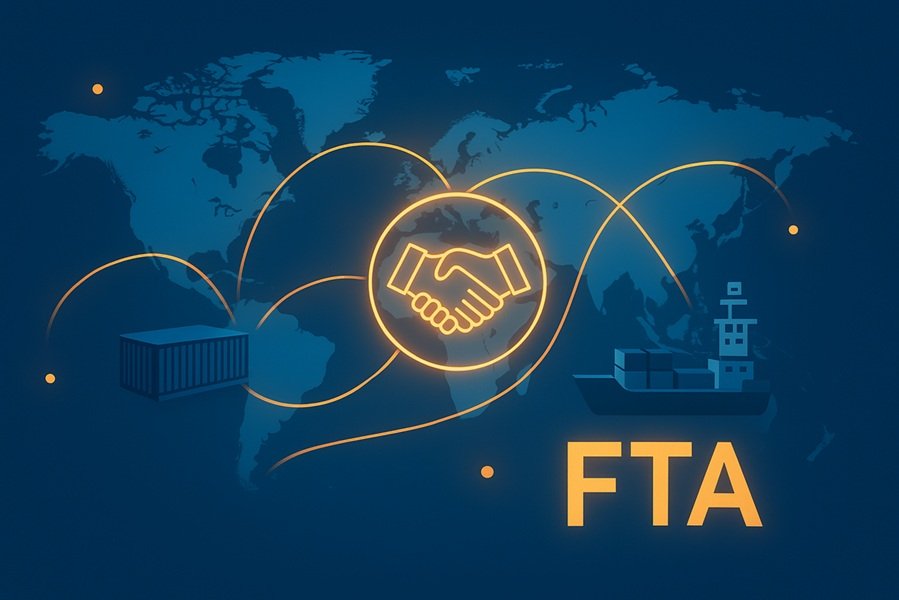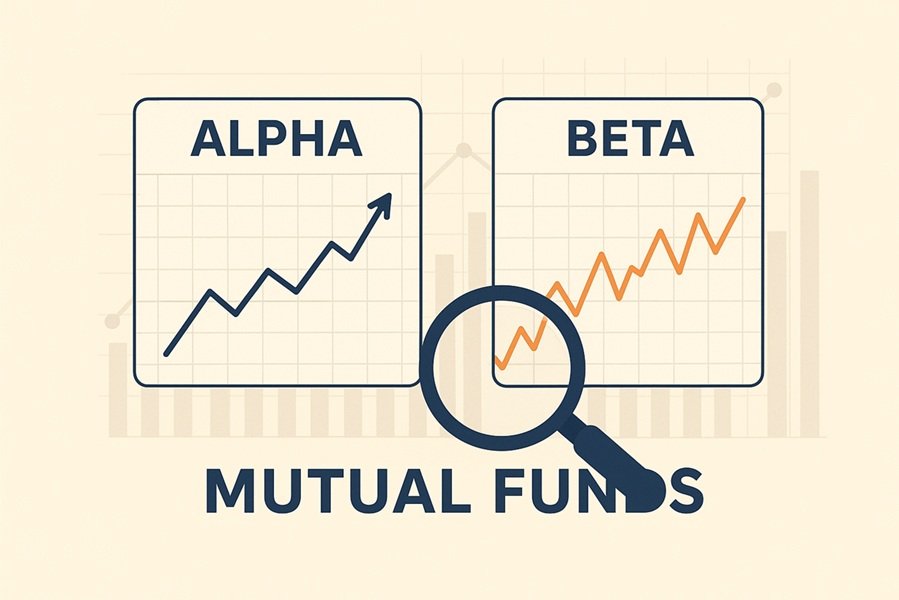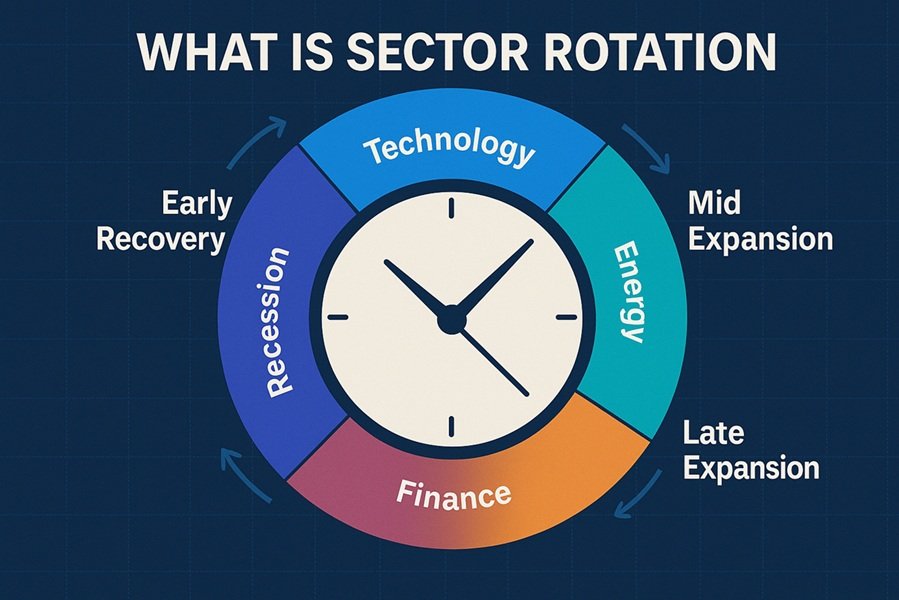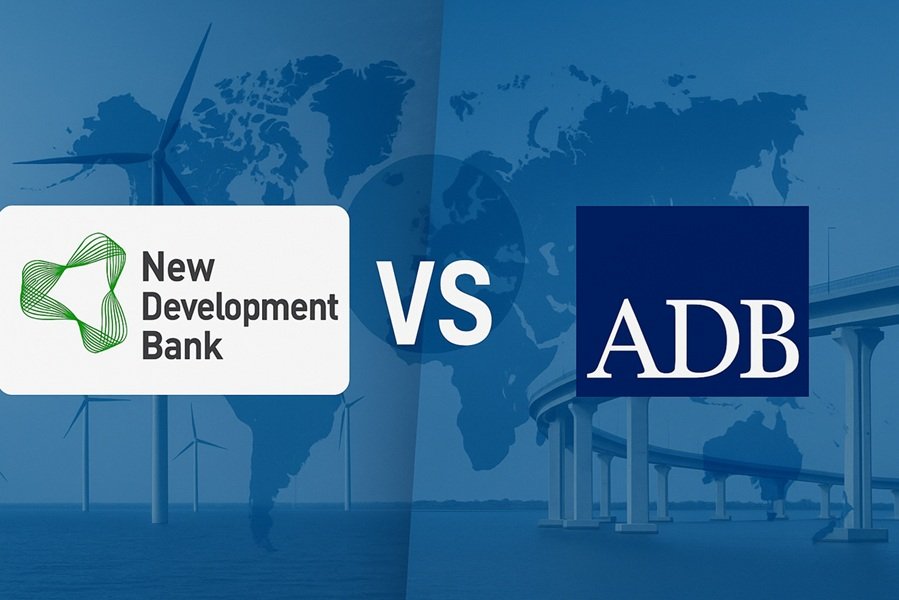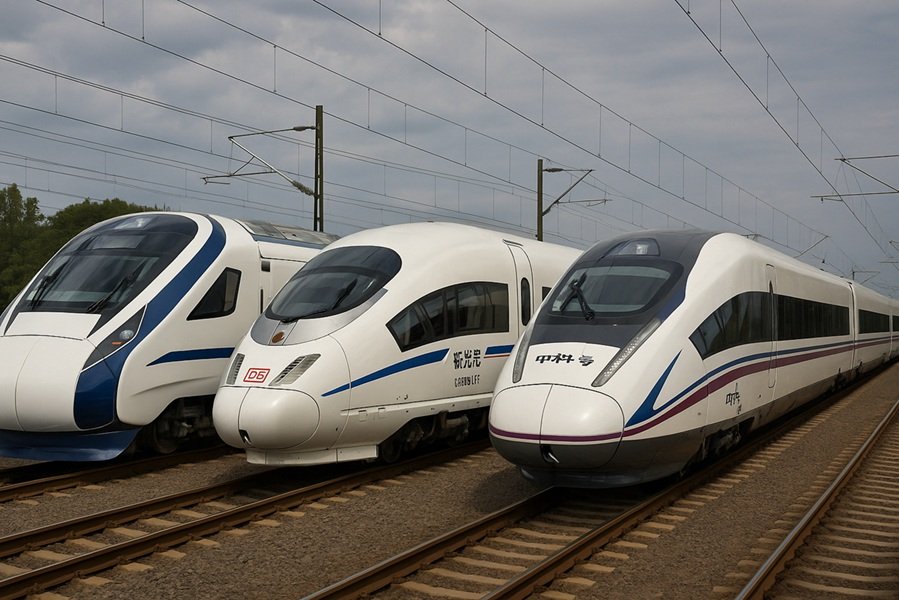
As nations seek to modernize rail travel without the extreme cost of full high-speed rail infrastructure, semi high-speed trains have become a vital middle ground. These trains bridge the gap between conventional express services and high-speed bullet trains, offering substantial speed improvements using upgraded existing tracks instead of completely new lines.
This detailed article explores what semi high-speed trains are, how they differ from true high-speed rail, their technology, benefits, and 15+ notable examples from around the world — including India’s Vande Bharat Express, Europe’s InterCity tilting trains, and emerging hybrid systems across Asia and the Americas.
Read This: High-Speed Trains of the World — a long, detailed guide (15+ examples)
What Is a Semi High-Speed Train?
A semi high-speed train (SHSR) typically operates between 160 km/h (100 mph) and 200–250 km/h (155 mph) — faster than conventional express trains but slower than dedicated high-speed trains (which run at ≥250 km/h).
They usually run on upgraded existing railway lines rather than entirely new high-speed corridors.
Defining characteristics:
- Speed range: 160–250 km/h
- Runs on existing, upgraded tracks
- Lower construction cost than HSR
- Often powered by electric multiple units (EMUs)
- Focused on short-to-medium distances (200–700 km)
Technology Overview
Semi high-speed trains rely on incremental upgrades to achieve higher speeds without full-scale new lines. Key technologies include:
1. Track & Infrastructure Upgrades
- Strengthened rails, improved ballast, and welded tracks.
- Enhanced signaling systems (ETCS Level 1/2, TPWS, or equivalents).
- Better curve alignments and superelevation to handle higher lateral forces.
2. Train Design
- Lightweight aluminium or stainless-steel bodies.
- Distributed traction systems (motors across multiple coaches).
- Tilting mechanisms (Pendolino, Talgo, etc.) to maintain speed on curves.
- Improved braking (regenerative, disc, or eddy-current systems).
3. Power Systems
- Primarily electric (25 kV AC overhead) for acceleration and efficiency.
- Some hybrid or diesel-electric variants for non-electrified sections.
4. Safety and Comfort
- Automatic train protection and modern signalling.
- Passenger-friendly interiors with infotainment, Wi-Fi, and sound insulation.
Advantages of Semi High-Speed Rail
| Advantage | Explanation |
|---|---|
| Lower Cost | Reuses existing rail infrastructure; costs 40–70% less than HSR. |
| Faster Implementation | Construction and approvals are easier and quicker. |
| Flexible Operation | Can share tracks with slower trains (with careful scheduling). |
| Energy Efficient | Electric EMUs consume less fuel per passenger-km than diesel. |
| Ideal for Developing Nations | Affordable modernization without the high expense of new HSR corridors. |
15+ Notable Semi High-Speed Trains Around the World
Below is a curated list of the most significant semi high-speed trains globally — covering their top speeds, countries, and highlights.
🇮🇳 1. Vande Bharat Express (India)
- Top speed: 180 km/h (designed for 200 km/h)
- Average speed: 110–130 km/h
- Operator: Indian Railways
- Features: Indigenous EMU, aerodynamic nose, automatic doors, onboard infotainment.
- Notable routes: Delhi–Varanasi, Mumbai–Gandhinagar, Chennai–Mysuru.
- Significance: India’s flagship semi high-speed program; over 100 routes planned.
🇮🇳 2. Gatimaan Express (India)
- Top speed: 160 km/h
- Route: Delhi–Jhansi–Gwalior–Agra
- Highlight: India’s first semi high-speed train (launched 2016); executive and chair car coaches.
🇨🇳 3. China CR200J “Fuxing Hao” (China)
- Top speed: 200–250 km/h
- Use: Runs on non-HSR upgraded lines connecting smaller cities.
- Features: Part of China’s massive “Medium-Speed” network complementing high-speed lines.
🇯🇵 4. JR West 683 & JR Hokkaido 789 Limited Express (Japan)
- Top speed: ~160–200 km/h
- Routes: Kanazawa, Hokuriku, and Hokkaido corridors.
- Highlight: Japanese precision and tilting technology on non-Shinkansen lines.
🇪🇸 5. Renfe Alvia / Avant (Spain)
- Top speed: 250 km/h
- Technology: Variable-gauge Talgo coaches switch between standard and Iberian gauge.
- Significance: Spain’s innovative dual-gauge solution connecting standard and older networks.
🇮🇹 6. Trenitalia Intercity Notte & Frecciargento (Italy)
- Top speed: 200–250 km/h
- Feature: Frecciargento (“Silver Arrow”) uses tilting Pendolino technology to maintain higher speeds on curved routes like Rome–Venice.
🇬🇧 7. British Intercity 125 / 225 (United Kingdom)
- Top speed: 201 km/h (125 mph)
- Historical significance: The InterCity 125 (HST), launched in the 1970s, was the world’s fastest diesel train for decades — the foundation for Britain’s modern semi-HSR upgrades (Great Western and East Coast Main Line).
🇫🇷 8. TGV Réseau on Classic Lines (France)
- Top speed: 220 km/h (on non-LGV lines)
- Note: France operates TGV sets on upgraded conventional lines, functioning as semi-HSR where full LGVs don’t exist.
🇩🇪 9. ICE-T (Germany)
- Top speed: 230 km/h
- Technology: Tilting mechanism for curvy tracks; operates on mixed-traffic lines in regions not served by full HSR.
🇺🇸 10. Amtrak Acela (USA)
- Top speed: 240 km/h (150 mph) in segments
- Average: 130–150 km/h due to track constraints.
- Future: “Acela II” (Avelia Liberty) aims to enhance semi-HSR speeds between Boston and Washington, D.C.
🇺🇸 11. Brightline (Florida, USA)
- Top speed: 200 km/h
- Private operator: Brightline Holdings
- Routes: Miami–Orlando; planned expansion to Tampa.
- Significance: America’s first modern private passenger rail since the 1980s.
🇷🇺 12. Sapsan (Russia)
- Top speed: 250 km/h
- Route: Moscow–St. Petersburg
- Note: Operates partly on upgraded conventional tracks; one of the fastest trains in Eastern Europe.
🇹🇷 13. YHT (Turkey)
- Top speed: 250 km/h
- Operator: TCDD Taşımacılık
- Routes: Ankara–Istanbul, Konya–Ankara
- Significance: Turkey’s semi-to-high-speed hybrid system with growing coverage.
🇸🇪 14. SJ X2000 (Sweden)
- Top speed: 210 km/h
- Feature: Tilting technology allows high speeds on Sweden’s winding tracks.
- Use: Stockholm–Gothenburg, Stockholm–Malmö.
🇨🇭 15. Swiss ICN (Switzerland)
- Top speed: 200 km/h
- Technology: Pendolino tilting trains used on mixed passenger/freight routes.
- Focus: Smooth acceleration, safety on mountainous terrain.
🇮🇩 16. Indonesia Whoosh (Medium-Speed Precursor Line)
- Top speed: 180 km/h
- Context: Indonesia’s first medium-speed intercity project, later transitioning to full HSR with Chinese collaboration.
🇮🇷 17. Iran Semi-HSR Project
- Planned: Tehran–Qom–Isfahan corridor
- Speed target: 250 km/h
- Aim: Affordable modernization with Chinese-built semi-HSR EMUs.
Semi High-Speed vs High-Speed: Quick Comparison
| Feature | Semi High-Speed | High-Speed |
|---|---|---|
| Top Speed | 160–250 km/h | 250–400+ km/h |
| Track Type | Upgraded conventional | Dedicated new lines |
| Infrastructure Cost | Moderate | Very high |
| Operational Flexibility | Can share tracks | Usually exclusive |
| Examples | Vande Bharat, ICE-T, Alvia | TGV, Shinkansen, CR400 |
| Ideal For | Developing networks, mid-range routes | High-demand, long routes |
Environmental & Economic Impact
- CO₂ Reduction: Significant savings vs air and road for mid-range trips.
- Regional Boost: Connects Tier-2 cities efficiently, promoting economic inclusion.
- Job Creation: Manufacturing (like India’s ICF Chennai) boosts domestic industry.
- Incremental Growth: Countries can transition from semi-HSR → full HSR gradually.
Future of Semi High-Speed Trains
- India’s Vision 2025: Over 200 Vande Bharat trains and Dedicated Semi-HSR Corridors (e.g., Delhi–Jaipur, Mumbai–Pune, Varanasi–Patna).
- Europe: Integration of semi-HSR with sustainable “Green Rail” policies.
- USA: Brightline and California’s emerging semi-HSR networks.
- Africa: Morocco and Egypt planning 200–250 km/h regional corridors.
- Latin America: Mexico, Brazil exploring medium-speed electrified routes.
Semi high-speed trains are thus the stepping stone — blending speed, affordability, and scalability. They represent the democratization of modern rail for emerging economies while remaining relevant even in developed ones for regional and commuter routes.
Conclusion
Semi high-speed rail is the pragmatic path to the future — not as fast as Japan’s Shinkansen or China’s CR400, but far more feasible for nations balancing cost and connectivity. From India’s indigenous Vande Bharat revolution to Europe’s decades of tilting train innovation, these systems prove that smart speed, not just maximum speed, defines successful modern rail transport.
They combine efficiency, comfort, and sustainability, making them the backbone of the next generation of global mobility.


